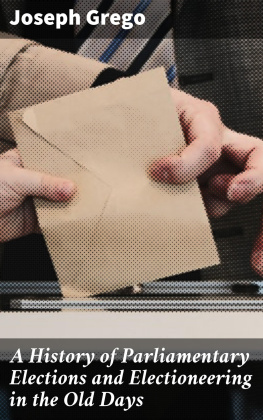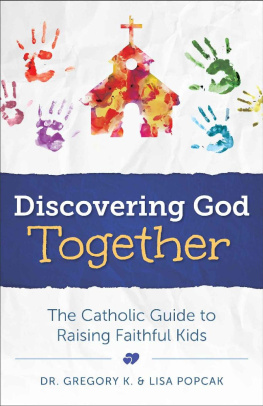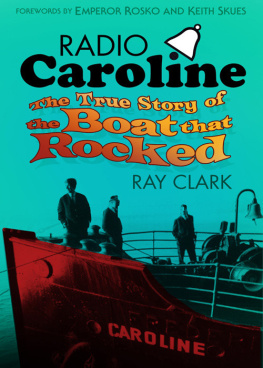Caroline Grego - Hurricane Jim Crow
Here you can read online Caroline Grego - Hurricane Jim Crow full text of the book (entire story) in english for free. Download pdf and epub, get meaning, cover and reviews about this ebook. genre: Politics. Description of the work, (preface) as well as reviews are available. Best literature library LitArk.com created for fans of good reading and offers a wide selection of genres:
Romance novel
Science fiction
Adventure
Detective
Science
History
Home and family
Prose
Art
Politics
Computer
Non-fiction
Religion
Business
Children
Humor
Choose a favorite category and find really read worthwhile books. Enjoy immersion in the world of imagination, feel the emotions of the characters or learn something new for yourself, make an fascinating discovery.

- Book:Hurricane Jim Crow
- Author:
- Genre:
- Rating:4 / 5
- Favourites:Add to favourites
- Your mark:
- 80
- 1
- 2
- 3
- 4
- 5
Hurricane Jim Crow: summary, description and annotation
We offer to read an annotation, description, summary or preface (depends on what the author of the book "Hurricane Jim Crow" wrote himself). If you haven't found the necessary information about the book — write in the comments, we will try to find it.
Hurricane Jim Crow — read online for free the complete book (whole text) full work
Below is the text of the book, divided by pages. System saving the place of the last page read, allows you to conveniently read the book "Hurricane Jim Crow" online for free, without having to search again every time where you left off. Put a bookmark, and you can go to the page where you finished reading at any time.
Font size:
Interval:
Bookmark:
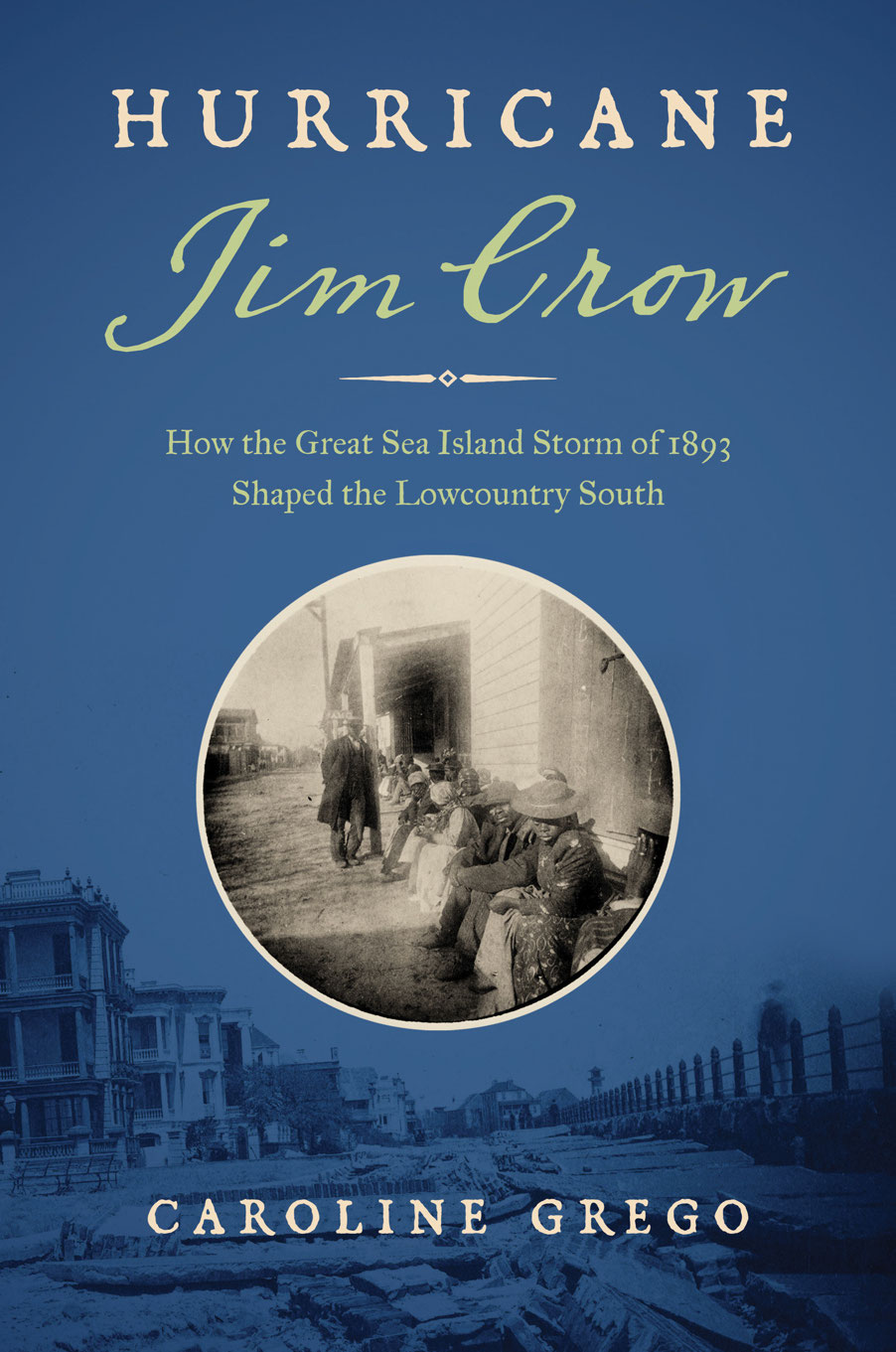

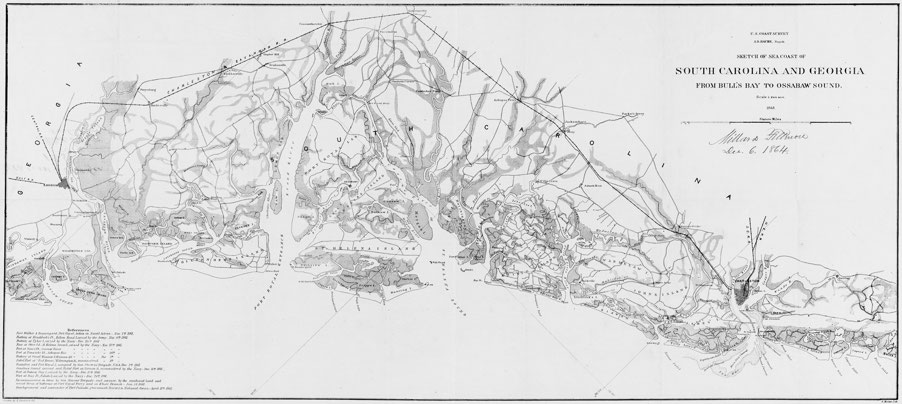
The Lowcountry, from Ossabaw Sound to Bulls Bay. A. Lindenkohl, E. Molitor, and U.S. Coast Survey, Sketch of Sea Coast of South Carolina and Georgia from Bulls Bay to Ossabaw Sound (U.S. Coast Survey, 1863), Library of Congress Geography and Map Division (LCCN 2007630406).
How the Great Sea Island Storm of 1893 Shaped the Lowcountry South
CAROLINE GREGO
The University of North Carolina Press
Chapel Hill
This book was published with the assistance of the Fred W. Morrison Fund of the University of North Carolina Press.
2022 Caroline Grego
All rights reserved
Set in Minion Pro by Westchester Publishing Services
Library of Congress Cataloging-in-Publication Data
Names: Grego, Caroline, author.
Title: Hurricane Jim Crow : how the Great Sea Island Storm of 1893 shaped the Lowcountry South / Caroline Grego.
Description: Chapel Hill : The University of North Carolina Press,
[2022]
| Includes bibliographical references and index.
Identifiers: LCCN 2022023741 | ISBN 9781469671345 (cloth ; alk. paper) | ISBN 9781469671352 (pbk. ; alk. paper) | ISBN 9781469671369 (ebook)
Subjects: LCSH: HurricanesEconomic aspectsSouth Carolina. | HurricanesSocial aspectsSouth Carolina. | African AmericansSegregationSouth Carolina. | African AmericansSouth CarolinaHistory. | Atlantic Coast (S.C.)History. | South CarolinaRace relations. | South CarolinaHistory.
Classification: LCC F277.A86 G74 2022 | DDC 305.896/0730757dc23/eng/20220623
LC record available at https://lccn.loc.gov/2022023741
Cover illustration: African Americans outside of the Sea Island Red Cross relief headquarters, 189394. Courtesy of the Library of Congress Prints and Photographs Division, LC-USZ62-122100.
Portions of this book were previously published in a different form as Black Autonomy, Red Cross Recovery, and White Backlash after the Great Island Sea Storm of 1893, Journal of Southern History 85, no. 4 (November 2019): 80340.
For my parents, my sister, and Graeme
Acknowledgments,xiii
Introduction, 1
Epilogue, 212
Notes,223
Bibliography,269
Index,285
The list of the dead is piecemeal and relentless. Extended families. Married couples. Children bearing only the last names of their mother or father. No name, only Unknown (Body). Two hundred eighty-two entries line the pages of the forever-partial list of the dead, collected over two days by a group of hastily deputized, exhausted assistants to the Beaufort County coroner after the Great Sea Island Storm rolled through the Lowcountry on the night of August 27 to 28, 1893. The list of named and unnamed, later compiled by archivist Grace Cordial, represents perhaps a tenth of those who perished in the powerful hurricane and its rushing storm surge. It does not include anyone who lived outside of Beaufort and its immediate environs or those who died in the months or years after of sickness, old injuries, hunger, or whatever deprivation gradually sapped the life from them.
All but a couple dozen of the thousands of hurricane dead were African American. Estimates of the storms death toll hover frustratingly between fifteen hundred and five thousand: an unknowable number, likely around two thousand, perished in a single night, and many more passed away in the days, weeks, and even years later. The African Americans who died, whether on that one night or after, lived and worked in the part of the Lowcountry that the hurricane struck hardest, the marshy edge of the southeastern coast stretching from the mouth of the Savannah River to Winyah Bay, South Carolina. They inhabited tenement buildings in Charleston, sharecropper cabins near rice and sea island cotton fields, company-owned shacks along phosphate-rich marshes, and yeoman cottages on sea island land that they were proud to ownplaces that they had sometimes claimed or where they had sometimes been placed by the structural demands of labor and capital. Outside of this list, few of the names of the hurricane dead are recoverable in any physical archive, though they may persist in private family memories.
This list is valuable not simply as a record of the dead but as a tangible artifact of people who once lived. For some of these sea islanders, this list represents one of very few times, if not the only, that their name appeared in a record that yet exists. Some of these names allow us to reconstruct the contours of their lives. Abby and Phibby Hunt, in their seventies, had been married for decades; she kept house while he worked as a farm laborer, maybe in the rice fields near Sheldon. Perhaps Philip Brisbanes mother, Daphne, who owned her farm on St. Helena Island, mourned his death and buried his body on her land. Renty Capers, who had attended the historic Penn School on St. Helena Island, grew up in a big, rambling family who lived on adjacent farms, staying close even after growing up and getting married. It is painful to see the entries for children whom the coroner only identified by surnamewe are left with the grief of their parents, echoing across the generations, and the knowledge of lives cut short. Monday Washington lost seven children in one night. Joe Draytons wife and seven children died too. Sookie Perry perished that night with her six young ones and likely her husband as well. Rose and Monday Polite, Scipio Heyward, and Peggy Johnson lost four each and other relatives besides. Like the many entries of unnamed child on the list, those others who are cataloged as unnamed were not nameless when they lived. Their inclusion is a poignant reminder of the limits of our knowledge and the extant historical record.
The list is part of the hurricanes archive. This archive coalesced around the hurricane, revealing the workings of politics, labor, daily lives, human relationships, and the Lowcountry environment in ways that we might not have had the opportunity to understand without it. That archive is fraught with the same issues that many historians encounter when writing and learning about the South. Few of the sources in the hurricanes archivebesides a handful of petitions that the American Red Cross collected, some accounts taken at the Penn School on St. Helena Island, and a few letters and interviews scattered aboutwere made by African Americans, and those relatively unmediated by the white gaze are even rarer.
That said, an analytical eye and a willingness to consider the reasonable realm of possibilities are two of the most indispensable tools to a historian regardless of context, and they have been put to use here. White southerners spoke very freely of their racism, as they did not see their belief in white supremacy as something either to be ashamed of or to hide; Black southerners, in turn, had to weigh carefully what they said to white southerners. The prejudices of white southernersboth in the moment and of those who collected and curated their documents laterhave indelibly altered which historical conversations the contemporary reader can be privy to. Often we must listen in on a one-sided conversation. Fortunately, the hurricanes archive contains more than passing glimpses at the lives of Black southerners in the late nineteenth and early twentieth century, and that is humbling and gratifying. The limitations of the hurricanes archive may be frustrating, but its possibilities are immense. They compel us to consider what we owe to the dead, to those who survived, and to their descendants today.
Font size:
Interval:
Bookmark:
Similar books «Hurricane Jim Crow»
Look at similar books to Hurricane Jim Crow. We have selected literature similar in name and meaning in the hope of providing readers with more options to find new, interesting, not yet read works.
Discussion, reviews of the book Hurricane Jim Crow and just readers' own opinions. Leave your comments, write what you think about the work, its meaning or the main characters. Specify what exactly you liked and what you didn't like, and why you think so.


